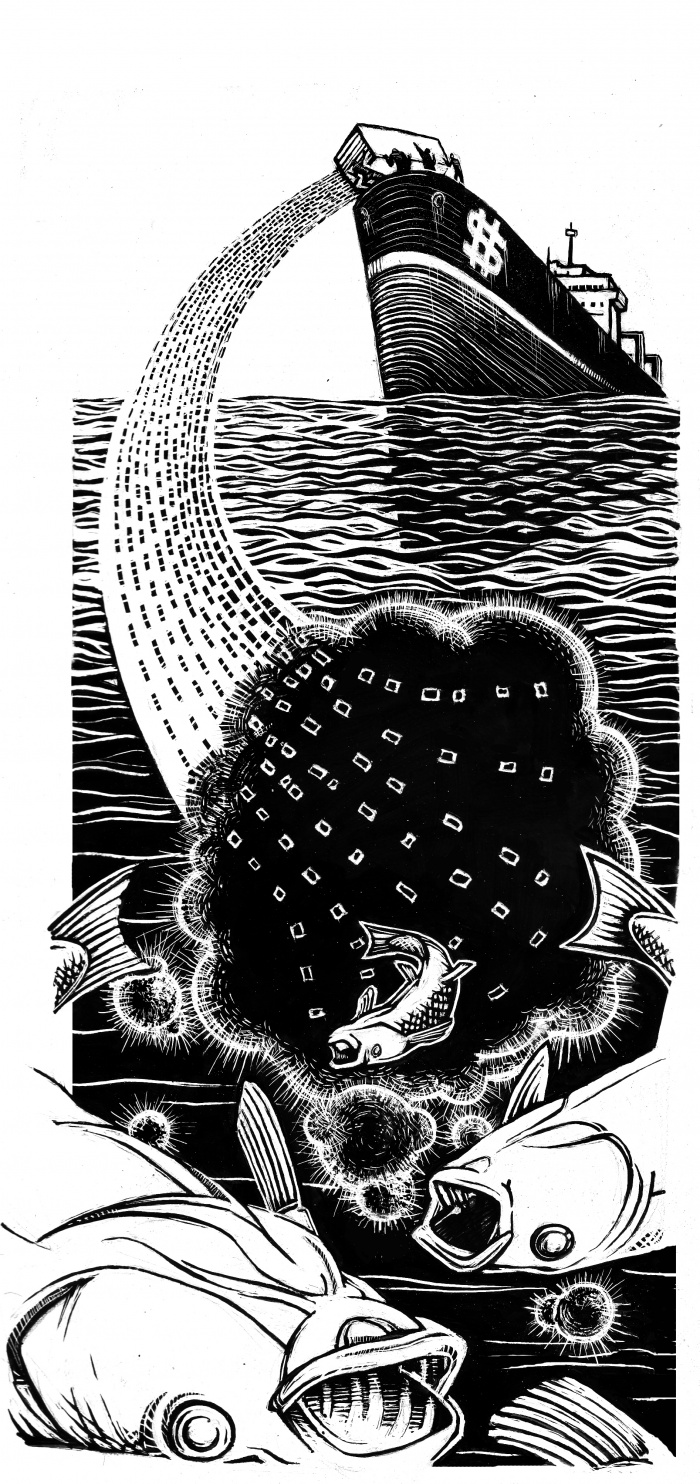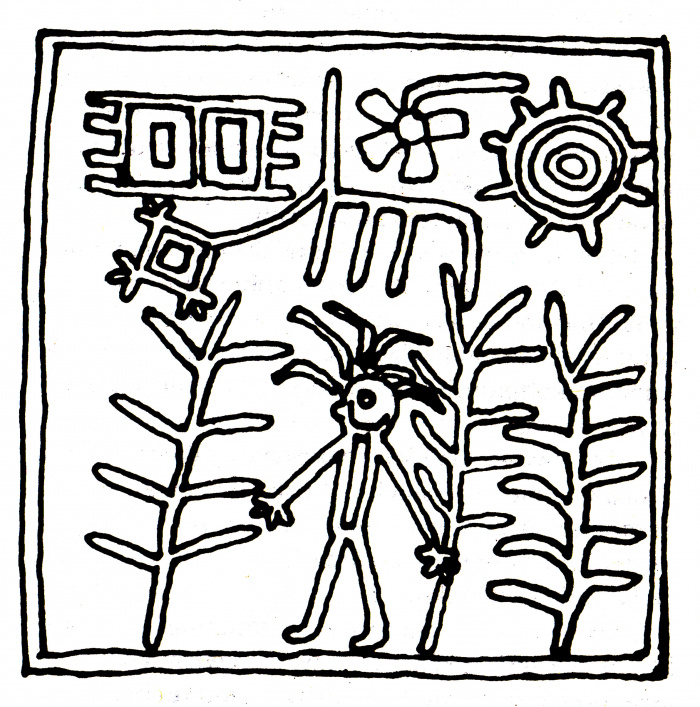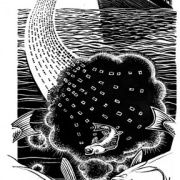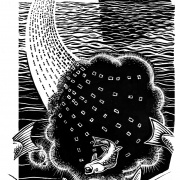Firmen la petición global contra la comercialización de maíz transgénico en México
Submitted by ETC Staff on
Mientras millones celebran el Thanksgiving (Día de acción de gracias), los ejecutivos de Monsanto, DuPont y Dow Agrosciences esperan poder darle las gracias al presidente mexicano de salida: Felipe Calderón.
En los últimos días de su adminstración, hay grandes espectativas de que Calderón otorgrá el permiso para la siembra comercial de más de 2.5 millones de hectáreas de maíz genéticamente modificado en el centro mundial de origen y diversidad de este importante cultivo alimentario. Si el presidente Calderón lo hace, la autorización será ni más ni menos que una puñalada en el corazón, tanto de la ancestral cultura del maíz en México como de la diversidad del maíz en el planeta entero.
Por favor tomen un momento para firmar y apoyar una nueva petición internacional contra la comercialización de maíz transgénico en México en
http://www.avaaz.org/en/petition/Stop_Monsanto_in_Mexico/?fSLKJbb&pv=1





